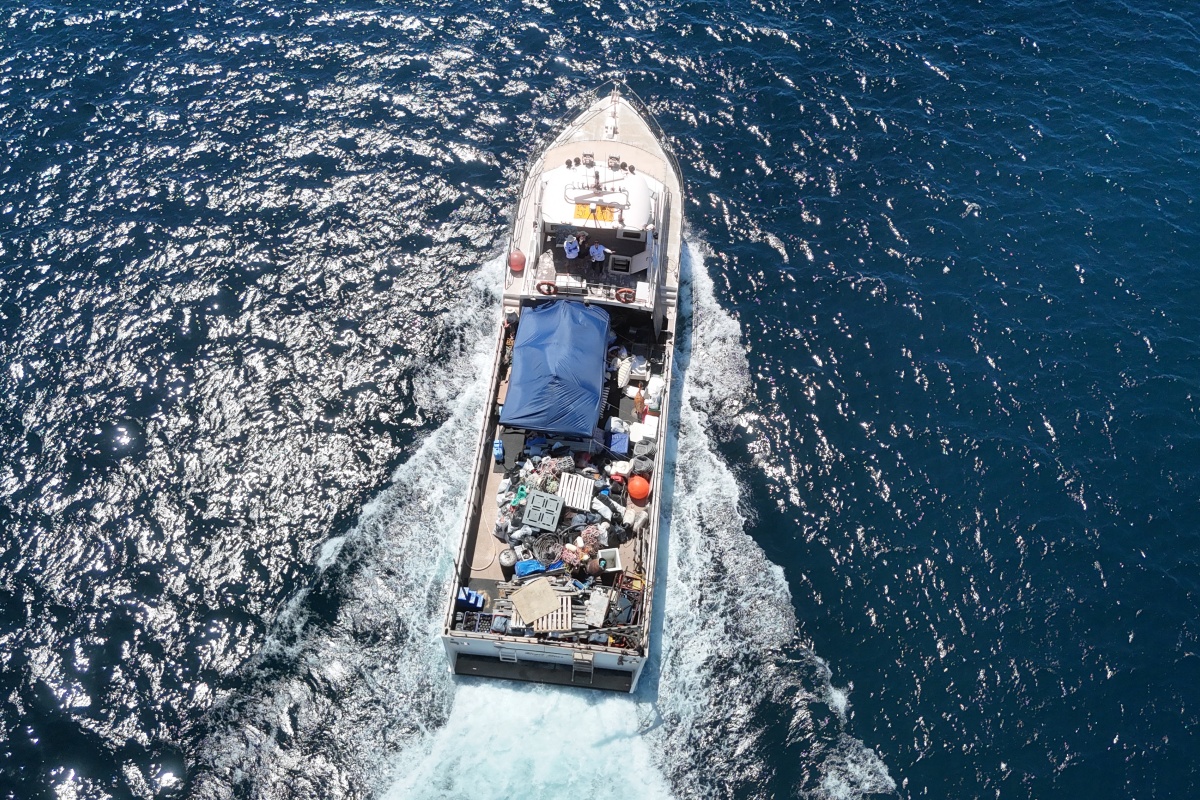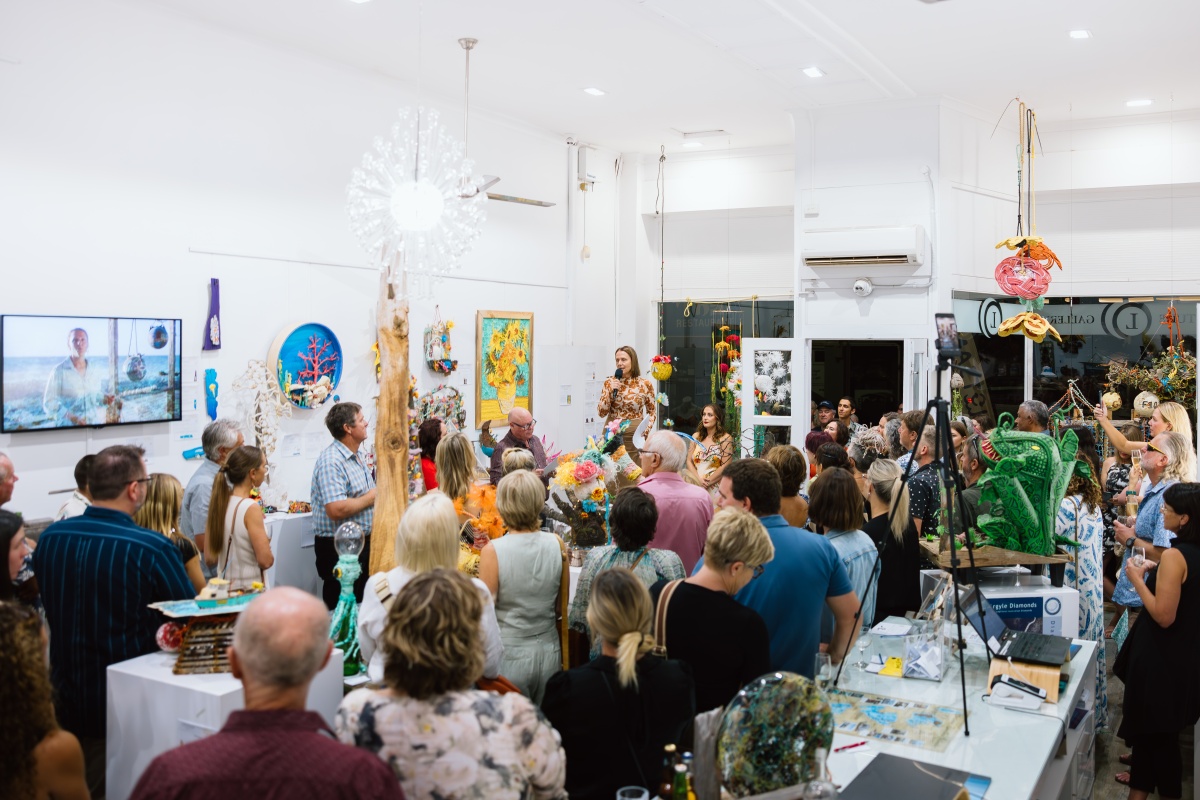Lying some 80km west of Geraldton in pristine Indian Ocean waters is the Houtman Abrolhos, an archipelago of 122 islands and coral reefs. The ‘Abrolhos’, as the islands are generally called, include the most southerly reef-forming corals in the Indian Ocean. Their existence at such high latitudes is due to the southerly flowing Leeuwin Current which brings warm waters down the coast of Western Australia. The islands are not entirely tropical and cold-water kelps can also be found intermixed with the corals.
With its clear waters, spectacular corals and abundant and diverse fish (with close to 400 species recorded), the islands have long been a mecca for divers and fishers. In 2019, in recognition of the islands’ unique values, the Houtman Abrolhos Islands National Park was declared (see ‘Houtman Abrolhos Islands National Park’ LANDSCOPE summer 2019-20). Commercially, a successful western rock lobster fishery operates around the islands, with the season running from March to June. There are also several aquaculture operations, mostly cultivating black lip oysters for pearl production.
THE GIRL AND THE PEARLS
Operating one of these pearl farms is Pia Boschetti, known to Geraldton locals as ‘the girl who grows the pearl’. Pia has a long association with the Abrolhos having spent much of her childhood there. Her parents, Bert and Julie Boschetti, established the family fishing company, Latitude, in 1964, initially fishing for lobster (then known as ‘crays’) based at Basile Island in the Southern Group of the Abrolhos, before diversifying into prawns and other fish. As a child, Pia was fascinated by the debris that the waves and tides would deposit on the islands’ shores. Probably junk to most people, they were treasures to the young Pia, who would then create little works of art from these unusual ingredients.
As she grew into adulthood, the Abrolhos remained a constant in Pia’s life, and with the love and respect she holds for the islands she became passionate about preserving them. In 2000, Pia started pearl farming as part of the family business. She noticed a wild species of oyster on her farm’s panels and discovered these produced Akoya and Mabe pearls which are now produced at the farm site. Pia’s pearls are fashioned into exquisite jewellery and have proven to be incredibly popular.
TRASH TO TREASURE
Unfortunately, currents, wind and waves often carry and deposit large amounts of debris on the islands’ shorelines – everything from old ropes, nets, floats, bottles, plastic containers, toys, toothbrushes, light globes, or in fact anything that can float. Recognising the environmental impact and unsightliness of this accumulated rubbish, Pia pioneered a unique approach to deal with it in 2011. Rather than just collect and dispose of the rubbish, in itself a worthy exercise, Pia developed the idea of using the debris as the basis of artworks which could then be displayed and sold. And so Flotsam and Jetsam was born.
Pia’s dedication to the environment and keeping the Abrolhos healthy is inspirational and her enthusiasm is infectious. The success of Flotsam and Jetsam has spilled over to the local beaches, with collection bins set up at several locations, providing more options to inspire local artists. From its small beginnings, the activity has developed into an annual celebration of creativity, community, and environmental protection.
Every year, Flotsam and Jetsam launches on Clean Up Australia Day, the first Sunday of March. Pia and her team take a group of volunteers to the islands where they stay for several days. Their primary objective is to collect as much debris as possible, as well as learning about the islands’ unique wildlife and connecting with nature and community.
Since its inception, more than 80 tonnes of rubbish have been removed from the islands, making a hugely positive impact on the environment. When Flotsam first started, it only took a day to collect a boatload of rubbish, but in 2025 the group had to travel to some of the more far-flung islands, as the pickings were getting slim close to home base.
The ‘not yet treasure’ is then loaded onto boats and transported back to Geraldton, where it is deposited onto the fisherman’s wharf, ready for the hordes of artists and would-be artists to claim whatever inspires their creativity. Over the years the number of people has grown, and today several hundred people join in. The artists then have three weeks to complete their entry piece and an exhibition is held, with winners announced on opening night. Each year the artists are given a theme to inspire them. For 2025, it was ‘Welcome to the Circus’.



